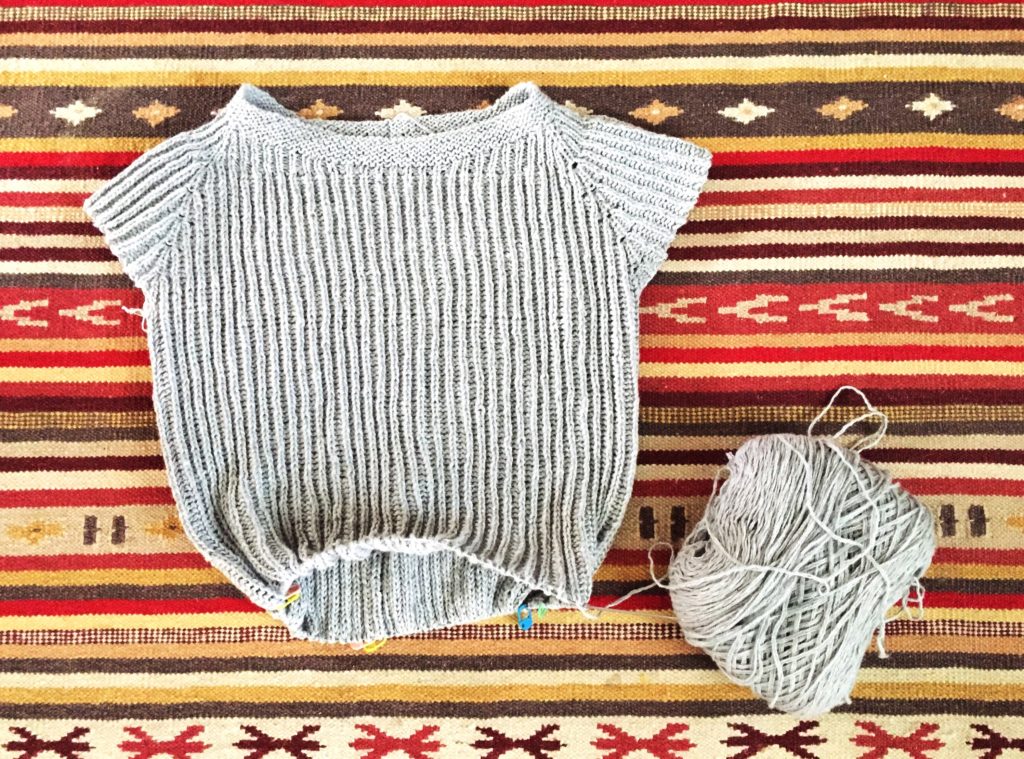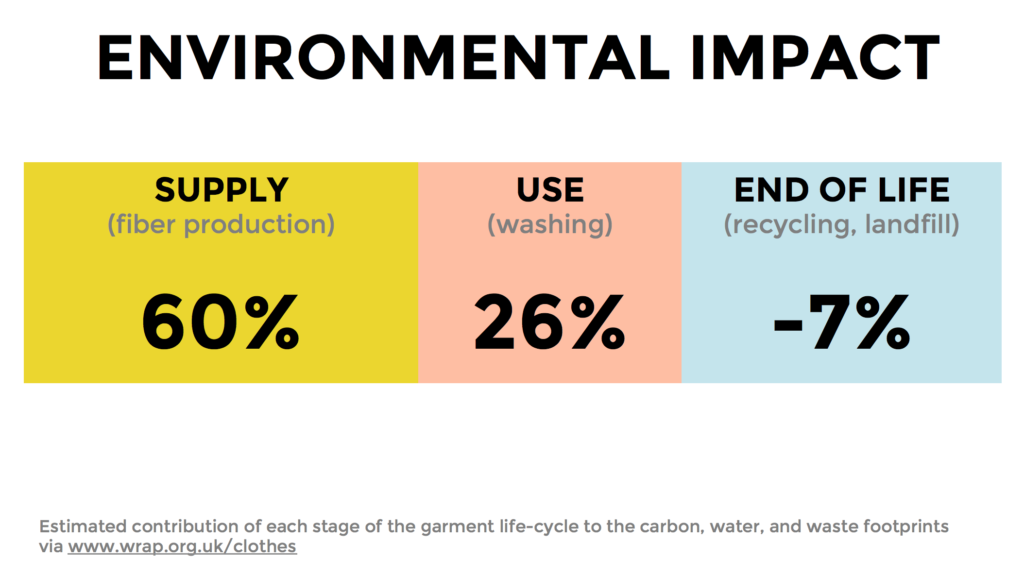4 Ways Unraveling Sweaters Can Combat Fast Fashion
It's here, it's simple: 4 ways unraveling sweaters can combat fast fashion.
It’s Affordable
Sweater unraveling (and DIY textile recycling in general) allows those of us with small pockets to have sustainable style without having to resort to fast fashion. If you think about it, a big reason why fast fashion exists is because money is tighter around the board and most of us simply cannot afford to spent $30 on one pair of underwear.
Sustainable and ethical yarns, fabric, and notion can be very expensive. I’ve often felt like someone who longs to be in the “slow fashion aesthetic club” but I have never been able to afford it. There’s a very good reason for the high prices, yes, but that doesn’t mean one should have to sacrifice healthy food for their family because they need a pair of warm socks, for example.

If you’d really like to combat fast fashion, taking on a DIY attitude will get you the most bang for your buck. This is obviously more appropriate advice for someone who already knows how to knit some socks or a sweater, or owns a loom to weave fabric to sew into a garment. In a way, even having the time to make it yourself comes with a healthy dose of privilege. That said, I have always considered buying your clothes second-hand from thrift stores “slow fashion,” which means nobody should ever feel left out of the slow fashion revolution.
You’ll Appreciate that Fast Fashion isn’t Fast
The act of taking apart a sweater takes time. More often than not, you’ll find yourself lingering on thoughts about the person who made that sweater. Who monitored the knitting machine? Who raised the sheep that made the wool? Who linked the pieces together and added the tags? How much work did it actually take to make this sweater I’m now taking apart?
As you do this, you begin to appreciate that even though it’s called “fast fashion,” it’s not at all a slow or simple process. Many people were involved, many people were injured or taken advantage of. Somebody sat there all day doing the seams for 200 of these sweaters instead of spending time with their kids. And now you’re ripping it apart.

In a way, as you take apart a sweater or knit garment that was meant for the fast fashion world, you begin to appreciate everything it stands for. It’s such a symbolic process, and it will completely change the way you view how clothing is made in the modern world.
You’ll Actually Help Reduce the Carbon Footprint of Fast Fashion

Reuse of materials is a way to combat fast fashion by fighting against the creation of new materials by any fashion industry, slow or fast. The fact is that 60% of the carbon, water, and waste footprints made by the garment industry comes from the production of new fibers. Yes, that means your organic cotton kimono or sustainable wool sweater also contributes to these footprints. They take energy, machinery, and water to produce.
When you recycled materials that already exist, you’re contributing -7% to the overall footprints of the fashion industry. It’s a bit of an abstract idea, but you’re doing the opposite of creating a footprint. You’re helping to reduce the footprint of the industry, and that’s a huge deal. Image what kind of impact that would make if we all did it?
You’ll automatically become a walking, talking activist
When you use waste from fast fashion to create your own slow fashion garments, you’ll become a walking, talking activist, whether you like it or not.
Here’s an example:
“Beautiful sweater, where’d you get it?”
“Oh, I made it myself from recycled yarn!”
Chances are if the person asking isn’t a maker, their minds just exploded. Recycled yarn from sweaters almost always looks like brand new yarn you could buy at a store, and that new looking yarn makes new looking garments. To someone not privy to the fiber world, the realization that recycled textiles can look brand new can be a paradigm-shifting moment. You don't have to have a soapbox to be an activist. Just by existing in your beautiful, recycled yarn garment, you can influence others to begin thinking about where their clothes come from.

Whats more, fast fashion isn’t made with the end of life in mind. By that I mean the designers and manufacturers who make fast fashion garments are only thinking about how to make quickly and cheaply, and without considering how something might be recycled or disposed of properly. I like to view recycling these types of garments kind of like a big “F- you!” to this way of manufacturing.
Sure, those mega corporations probably don’t care. But it empowers me to think about these things when I produce items from my recycled yarn and I’m always proud to let other people know, too. I bet you’ll feel the same way. So let's get unraveling and combat fast fashion together!